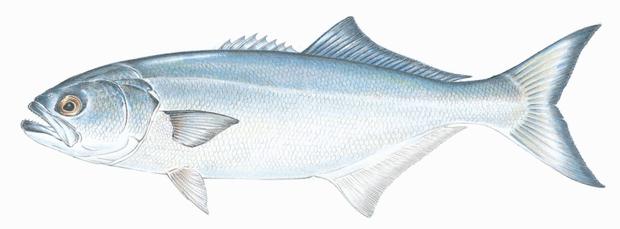Brand Conservation
I was reading this morning about Australia’s 35 year plan to preserve the Great Barrier Reef. Global warming, coastal development, poor water quality, excessive coal commerce and general nastiness are contributing to the reef’s demise. As with many natural wonders of the world, I often ask what it will take for denizens of the planet to stop withdrawing from the natural ecology of the planet and start giving back. In the United States there is a lot of talk about removing electrical dams, for instance, to put rivers back in sync with the natural order, but the talk an action are out of step.
Brands are also at risk these days. Poor brand management, high rates of employee turnover, new media channels, mergers and acquisitions and technological innovations are draining the meaning and perceived value of many brands. Marilyn Laurie, an AT&T brand executive from the 80-90s, used to preach about making deposits in the brand bank, not making withdrawals. When advertising and marketing make deposits the brand gets stronger. Withdrawals make a brand weaker. In this metaphor the brand currency is brand strategy (one claim, three support planks). Without a strategy it’s hard to know the difference between a deposit and withdrawal.
As is the case with planet, large mature brands need to practice conservation to stem loss. Sadly, brands aren’t focusing enough on what they have and what they are diluting — they are simply planting new ideas then checking the dashboard for signs of life.
I was watching a webinar yesterday put on by The Knowledge Engineers, Brand Republic and ABV/BBDO. One slide in particular was telling. It suggested strategy in innovation planning is too focused on the solutions — paying little attention to understanding the problem. We need to fix that. A conservationist approach. Peace.



